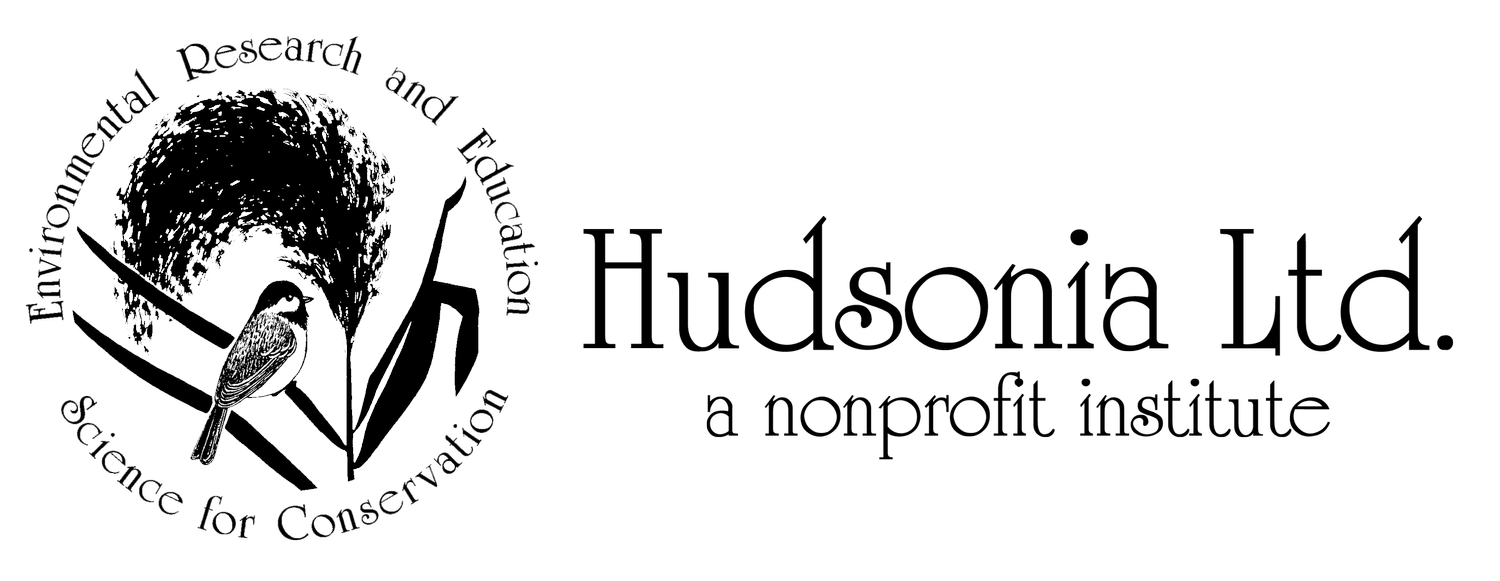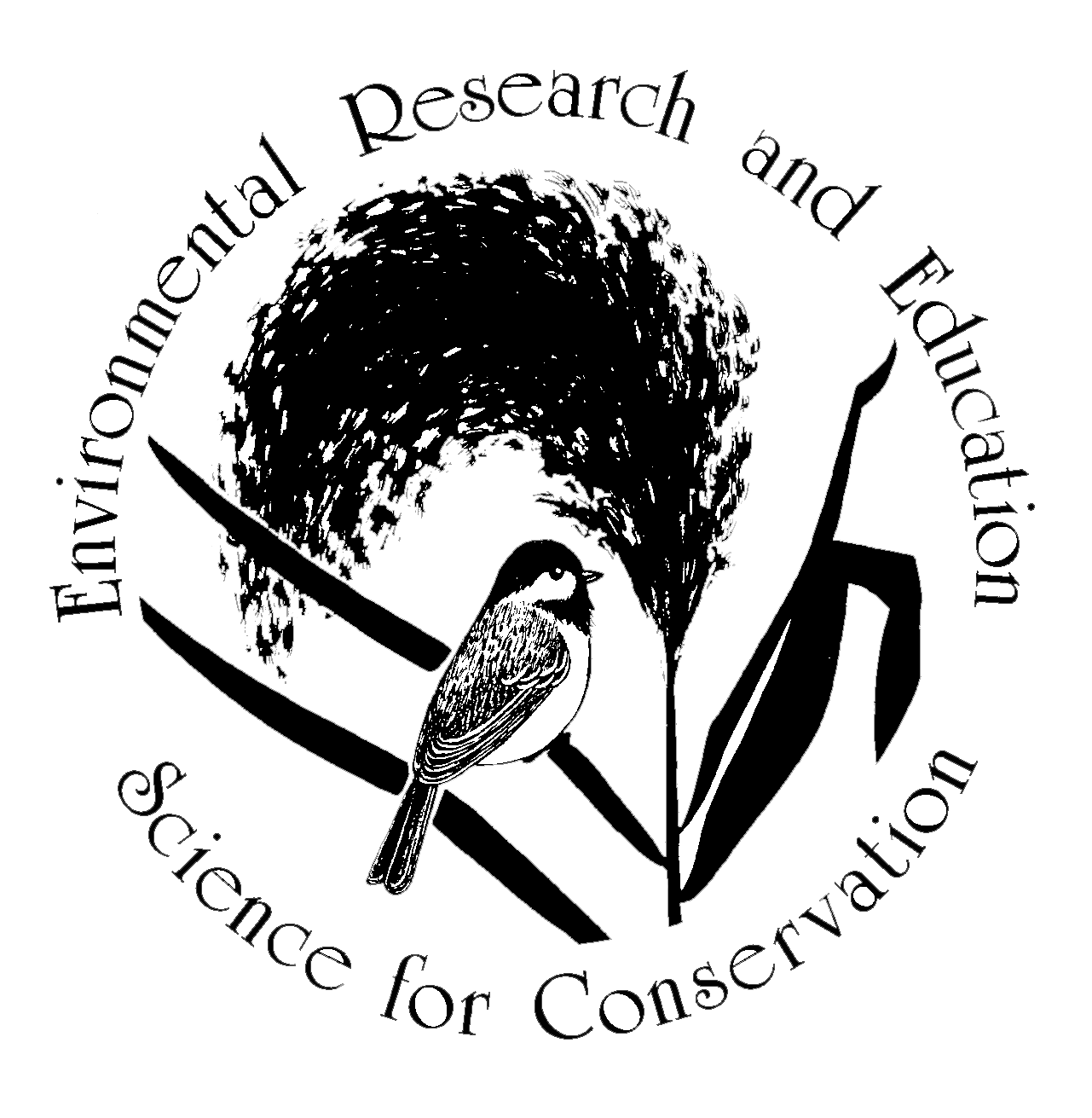Making Natural History Data Available to Everyone
This is the future home of data collected in our ongoing field studies, and we are seeking funding to complete the project. This includes digitizing and archiving our data from surveys and herbarium where they can be used by conservation scientists around the world.
Please sign up for Turtle Tracks to receive notice as sets are posted.
And please get in touch with us to learn more about the scope of the work, and how you can help.
Included will be raw data from these studies:
A 1984 analysis of vegetation in the North Tivoli Bay;
A 1970s snapping turtle study compiled from field sheets;
15 years of radio-tracking and habitat data on the threatened Blanding’s turtle;
A report on 25 fens, critical habitats for a number of rare species, we published in
collaboration with the Cary Institute of Ecosystem Studies; and
Certain appendices from our just-released Urban Biodiversity: The Natural History of the New Jersey Meadowlands, sortable by observation date and taxa. (Here are a pdf file listing birds of the meadowlands, and an Excel file listing vascular plants.)
We will also include the field notes our Executive Director and Co-Founder Erik Kiviat has kept since the late 1960s. Erik, and all of our scientists, write up their research to be of value to ecologists in fifty and a hundred years—that’s the nature of our work—and this important collection coincides with accelerating climate change in our region.
A digital version of the Hudsonia - Bard College Field Station Herbarium, which includes more than 6,000 catalogued vascular plant specimens, more being processed and gathered continually in the field. The collection also includes mosses, liverworts, lichens, and fungi, species understood to be irreplaceable components of ecosystems, as well as valuable resources in medical research. Herbaria, too, are irreplaceable archives, with surprising uses.
Like solving crimes.
Discover why and how that is true in this article written by Hudsonia’s Erik Kivat and Gretchen Stevens, in collaboration with Paul Harwood, scientific illustrator and former supervisor of the Brooklyn Botanical Garden’s Herbarium, originally published in News from Hudsonia, Volume, 28, number 1, Spring 2014.



